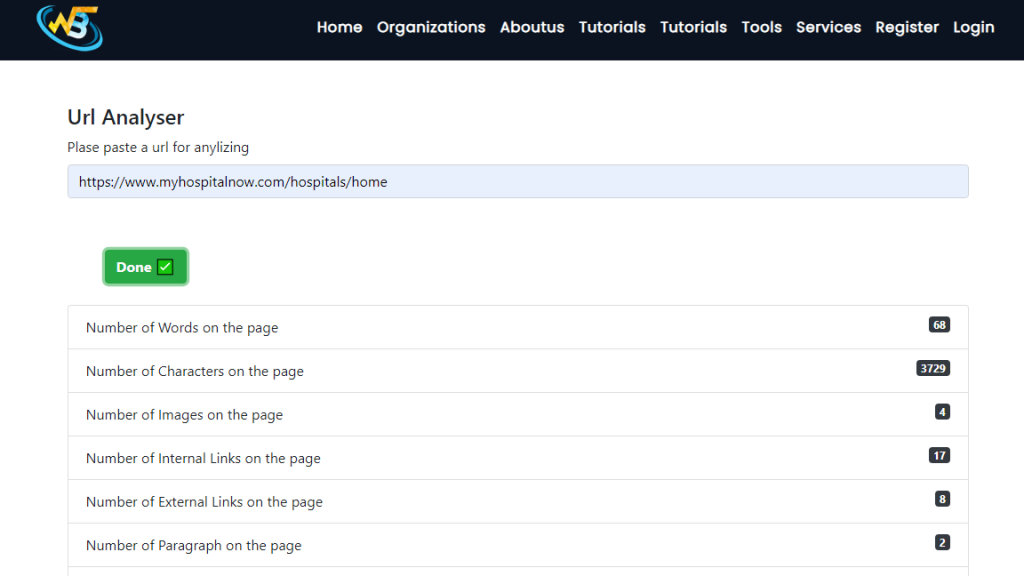
A URL analyzer is a tool that examines a URL and provides insights into its structure, components, and potential issues. It helps identify broken links, redirects, duplicate content, and other technical SEO problems that may affect a website’s search engine ranking. Using a URL analyzer can help optimize website performance and improve user experience.
What is Function and feature of URL analyzer tool
A URL analyzer tool is designed to check URL into its various parameters. It helps identify technical SEO issues such as broken links, redirects, duplicate content, and missing metadata. The tool can also provide information on website performance and security. Its primary function is to optimize website structure, enhance user experience, and improve search engine ranking.

To use a URL analyzer tool, the user first navigates to the tool’s website and enters the URL of the website they wish to analyze. They then click the submit button, and the tool breaks down the URL into its various components and provides information on technical SEO issues such as broken links, redirects, and duplicate content. The user can then use this information to optimize their website’s structure and improve its search engine ranking.
result:

How Wizbrand‘s URL analyzer tool would help?
Wizbrand’s URL analyzer tool is a useful resource for website owners and digital marketers. It provides in-depth analysis of a website’s URL structure and helps identify technical SEO issues that may impact website performance and search engine rankings.
These are useful links